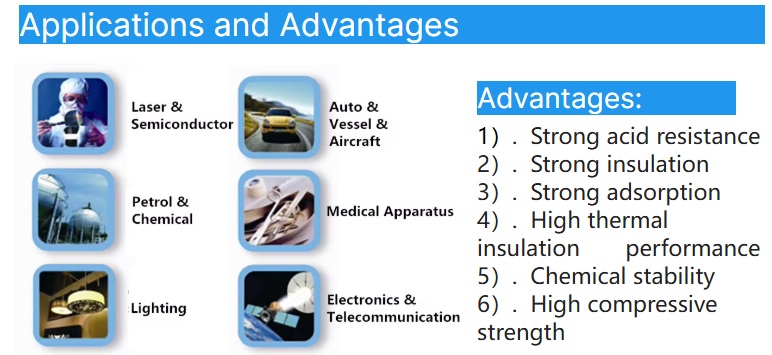Order(MOQ) :
1000Payment :
T/TAlumina ceramic rod is a kind of high - performance ceramic product, which is widely used in many fields due to its excellent physical and chemical properties.
Diameter: the original design for correct resistance value and power rating.
Length: Determines the length available for the resistive winding.
Length of the resistive winding section.
Alumina Purity: e.g., 96%, 99%, 99.5% (higher purity often means better thermal performance).
Surface Finish: A smooth finish is needed for consistent winding.
Dimensional Tolerances: Precise dimensions are crucial for automated manufacturing.
In summary, the alumina ceramic rod is the heart of a high-performance wirewound resistor. It is far more than a simple insulator; it is a multifunctional component that provides structural integrity, electrical isolation, and, most importantly, the thermal management needed for reliable, high-power operation.
Technical Parameters
| Item | Unit | Zirconia ceramic | 99% alumina ceramic | 96% alumina ceramic | 95% alumina ceramic | Steatite ceramic | Mullite ceramic | Cordierite ceramic |
| Bulk density | g/cm3 | 6 | 3.8 | 3.7 | 3.6 | 2.8 | 2.2 | 2.3 |
| Water absorption | % | 0 | 0 | 0 | 0 | 0 | 12 | 12 |
| Thermal Conductivity | (w/m.k) | 10 | 19-30 | 16-28 | 14-24 | 2-3 | 2-6 | 1.3-1.8 |
| Resistance to thermal shock,Minimum | TK? | 70 | 150 | 140 | 140 | 80 | 150 | 300 |
| Withstand voltage,Minimum | KV | 15 | 20 | 18 | 18 | 20 | 25 | - |
| Flexural strength | Mpa | 1000 | 300 | 280 | 240 | 120 | 120 | 30 |
| Sintering temperature | ℃ | 1500 | 1670 | 1600 | 1600 | 1250 | 1250 | 1250 |
| Maximum working temperature | ℃ | 1200 | 1500 | 1200 | 1200 | 800 | 1000 | 1000 |
Application
Specifically used for high-temperature and high-voltage insulation parts, circuit substrates, high-temperature devices, etc. As the main representative of precision ceramic materials, it is widely used in industries such as semiconductors, petrochemicals, and electronics.

Advantages
1. we support OEM and ODM;
2. We have a professional R&D team and technical support;
3. We provide real-time logistics update information;
4. We support 24-hour online service;
5. We support T/T,L/c payment;
6. We have a professional QC team to check the quality before delivery.
Certificate

FAQ
1. How can you get quotation?
Please kindly send me your drawing with technic requirement and demand quantity.
If you don't have the drawing, please kindly courier samples to us. we will quote our best price in 24 hours.
2. How can you get samples?
We can supply free samples if we have them in stock. If we haven't produce the products, we can supply some free samples after getting tool fee. Please take note that the courier fee should be at destination.
3. What’s the lead-time for samples and batch orders?
It is 18days for supplying samples. It is around 25days for batch orders.
4. Can I visit you?
Sure. If you're a volume buyer and would like to visit our in-house products and production line, please contact us to make an appointment.
leave a message
Scan to wechat :

Scan to whatsapp :

